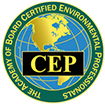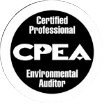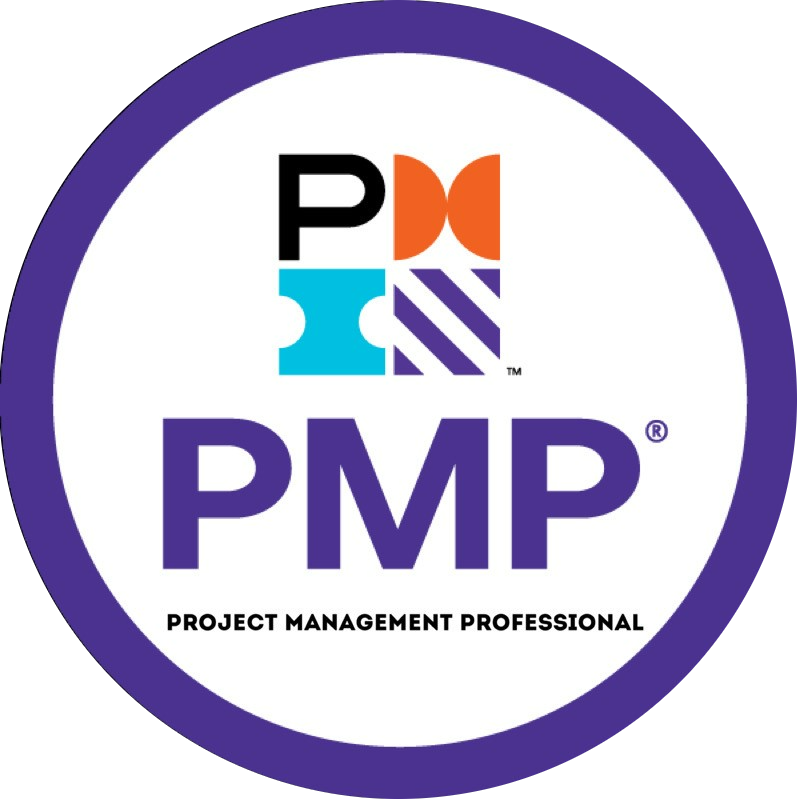The environmental remediation industry is facing a wave of uncertainty. With recent potential shifts under the current administration, including potential rollbacks of PFAS (per- and polyfluoroalkyl substances), rules and other regulatory delays, federal agencies and their partners are navigating a moving target. For those managing environmental liabilities, site transfers, or long-range planning, the stakes are high and the rules are ever-evolving.
At Scout, clarity is prioritized in complex moments. Based on our decades of environmental consulting experience across the western U.S. and Indo-Pacific, here is what we are seeing and what DOD partners should be thinking about right now.
1. Regulatory Uncertainty Is the New Normal
With the current administration reviewing or pausing several high-profile environmental rules, including PFAS standards and discharge limits, there is real uncertainty around how aggressively the U.S. EPA will enforce cleanup limits and remediation-related requirements moving forward.
This does not mean enforcement risk disappears. For federal site managers, environmental consultants, and remediation contractors, the current landscape demands:
- Flexibility in site strategy, within the regulatory framework
- Clear documentation of risk assumptions
- Awareness of state-level actions, which may now outpace federal enforcement (e.g., CA, NY, HI)
The bottom line: enforcement may soften at the federal level, but reputational and compliance exposure remain—especially for high-profile installations or politically sensitive sites.
2. PFAS Standards: Strict, Controversial, and Under Political Review
In April 2024, the EPA finalized Maximum Contaminant Levels (MCLs) for six PFAS compounds, including PFOA (perfluorooctanoic acid) and PFOS (perfluorooctane sulfonate), at risk levels among the most aggressive in the world at as low as 4 parts per trillion. These drinking water standards immediately triggered new compliance challenges for federal agencies and real estate portfolios tied to legacy contamination.
But the landscape may be shifting again. In June 2024, major U.S. industry groups filed suit against the EPA, arguing that:
- The rules are scientifically unjustified
- The cost-benefit analysis was deeply flawed
- EPA overstepped its statutory authority
And now, under the current administration, the EPA is reviewing the rule and has asked the courts for a pause in ongoing lawsuits filed by water utilities and industry groups. There is growing momentum to narrow the rule’s scope to just PFOA and PFOS, citing insufficient cost-benefit analysis and limited health-risk certainty for other PFAS compounds. Liability, however, may remain even though enforcement is limited or does not exist.
At the same time, the current administration recently rescinded a proposed national PFAS discharge rule, shifting regulatory responsibility to the states. More than 100 trade groups have also petitioned the EPA to delay implementation altogether.
For DOD and federal partners, this means PFAS policy is in constant flux. Until new direction is finalized, the safest strategy is to treat current standards as active and build flexibility into remediation plans should requirements soften or shift regionally.
3. Scout’s Expertise in Environmental Remediation
With more than 35 years of experience conducting environmental and geotechnical studies across the continental United States and Pacific Region, I’ve worked on a wide range of sites and contaminants—including PFAS compounds—in soil, sediment, surface water, and groundwater.
Federal installations in California and the Pacific face some unique challenges. The regulatory framework is complex and constantly evolving, and in remote locations, resources are often limited. One key lesson I’ve learned from supporting DOD and federal clients is the importance of starting the process early. When possible, partnering with regulatory agencies from the outset can lead to more cost-effective and realistic solutions.
PFAS compounds, in particular, are especially difficult. There are no easy answers or shortcuts. The toxicology is still unsettled and subject to ongoing debate. While there’s no shortage of investigation or treatment technologies, most have proven to be inconsistent or ineffective in the field. Realistic planning, backed by practical experience, remains essential.
4. Final Word: Stay Ahead of the Risk Curve
Environmental remediation is not getting easier, but it can be more strategic. With the right insight and the right team, federal agencies can protect assets, support smart transactions, and avoid surprises. If your team is re-evaluating your environmental due-diligence strategy, reach out to us at hello@scoutenv.com.
About the Author
Phil Rosenberg is a Professional Geologist, Certified Engineering Geologist and Hydrogeologist, with over 35 years of experience managing engineering, environmental remediation and compliance projects. He is an invested Fellow and Life Member in the Society of American Military Engineers. As a Senior Consultant and Project Manager at Scout, he supports strategic initiatives across the continental United States and Indo-Pacific. When he is not using his in-depth expertise in federal contracting and environmental regulations, you’ll find Phil coaching wrestling at Sage Creek High School, training in martial arts, or spending time at the beach.













